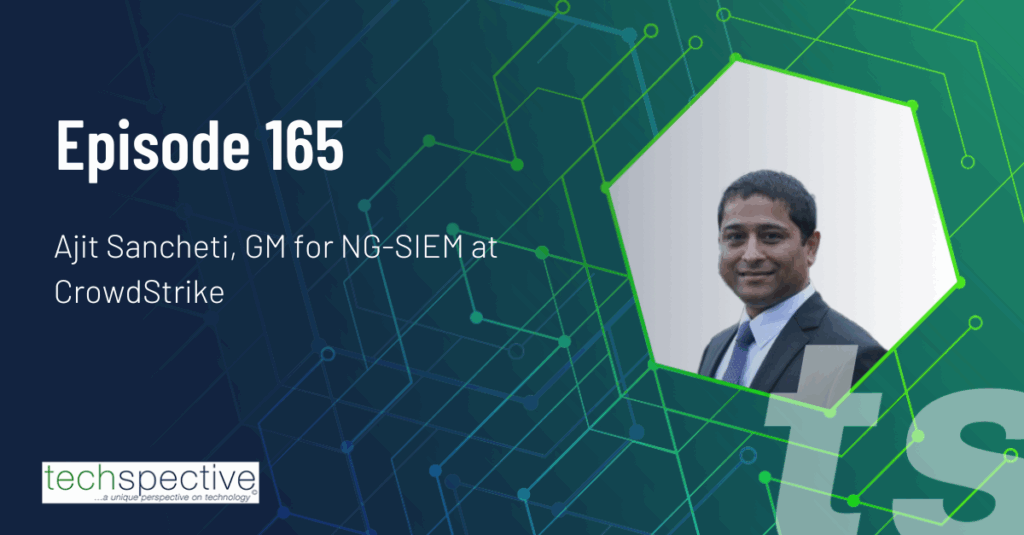The emergence of artificial intelligence is elevating operational efficiency for organizations worldwide. Conference keynotes and media headlines are dominated by the latest AI advancements, generating intrigue and excitement. While the full potential of AI remains unknown, organizations across all industries are realizing the potential of AI to drive efficiency and gain competitive advantage. What is universally understood: AI is here to stay.
A recent KPMG survey found a staggering 97% of business leaders plan to invest in GenAI solutions this year. As AI adoption reshapes nearly every industry, the staffing and recruiting sector has gained attention due to its ability to streamline time-consuming manual processes and unlock transformative productivity gains. The result: Recruiters can focus their time on a key aspect of the job: relationship building.
According to Bullhorn’s GRID 2024 Industry Trends Report, staffing and recruiting firms that have embraced AI experimentation were 31% more likely to see revenue gains compared to firms hesitant to leverage AI. As AI adoption accelerates across the industry, staffing and recruiting organizations must prioritize defining their AI goals, ensuring a SEA (specific, enormous, and actionable) of data, preserving the human touch, and investing in ongoing training and leveling for their employees. By doing so, organizations can significantly enhance productivity, streamline operations, and ultimately boost revenue.
Align AI Implementation with Company Vision
The first step in any AI implementation is consensus. Aligning leaders across the C-Suite – from the CHRO to the CFO – to ensure clear buy-in and support for AI adoption at the beginning of the hiring process is crucial for fostering understanding and support for AI initiatives throughout implementation. To ensure employees at all levels are engaged and supportive of AI adoption, it is imperative to mobilize managers early and often.
Despite the hype around AI, when deployed correctly, organizations can and should start to benefit from AI without an overhaul of their workflow. Hype is not a reason for deployment. Leaders should focus on identifying gaps inefficiency within existing workflows, prioritizing areas where AI can automate tasks and scale personalization to uplevel recruiter effectiveness.
Utilize S.E.A. (Specific, Enormous & Actionable) Data Sets to Fuel Effective AI
High-quality, centralized data is critical to enabling successful AI implementation. Predictive AI requires an investment in data hygiene, verticalization, and security, as well as a commitment to nurturing the data, to build robust talent pools and inform future AI.
To leverage AI for hiring, access to an S.E.A. of data tailored to the staffing industry is paramount. Large quantities of specific, verticalized data are needed for accurate candidate sourcing and hiring. For example, a hiring manager recruiting a radiologist would not use the data of a contract teacher. Acquiring verticalized data tailored to the recruitment industry enables more effective training data and enhances the algorithms’ ability to better predict the candidate that will be the best fit for the position.
Clean and well-organized datasets are essential for making them actionable. Research by McKinsey & Company suggests that organizations with high-quality data are more likely to derive value from their AI investments compared to those with poor data quality practices. By consolidating data and digitizing workflows, technology leaders can leverage AI and automation for enhanced reporting and analytics. This integration allows firms to analyze workflows for deeper insights into lead conversion, customer satisfaction, and margins.
Most notably, data upkeep is an important part of the process. Neglected data is unreliable data. Organizations that neglect to nurture the data in their databases reduce efficiency and result in recruiters using external sources, which can be costly and time-consuming. The integration of AI and automation aids in nurturing all talent previously sourced and ensures the information stays up to date, helping organizations store and source talent from one, trusted database. An AI solution will be ineffective unless it is fueled by clean, secure, specific, enormous, and actionable data.
Boost Human Efficiency through Measured Impact
AI is a game-changer in staffing and recruitment, but AI will not eliminate human touch from the hiring process. AI streamlines repetitive tasks like sourcing candidates, resume screening, and candidate pitching, yet the human element remains invaluable for evaluating intangible factors like a cultural fit. Machines are not currently able to understand a team’s dynamic, while humans excel at assessing whether a candidate aligns with company culture or if their workstyle suits the role, aspects that AI currently cannot replicate.
Organizations should harness AI as a hiring partner while measuring its overall impact on human efficiency and productivity. AI has profoundly affected various KPIs critical to recruiters, including time-to-hire, fill rates, candidate experience, and other productivity metrics, not to mention overall competitiveness. However, the human element, including the ultimate hiring decision, remains indispensable in the recruitment process.
Supercharge your Workforce with Employee Training and Up-leveling
Amid today’s talent shortages, PwC found that 72% of CEOs are investing in up-leveling their workforce in priority areas, acknowledging the critical role of continuous learning and development in today’s rapidly evolving landscape. Empowering recruiters through comprehensive training on effectively leveraging AI tools for sourcing, screening, engaging candidates and more will equip teams to capitalize on AI’s full potential while making informed hiring decisions.
To increase both success with and trust in AI, investing in up-leveling is an important component of developing a healthy relationship between AI and human recruiters. Upleveling and training ensure recruiters can navigate AI tools adeptly, interpret data accurately, and make informed hiring decisions, leading to more effective hiring outcomes.
As the staffing and recruitment industry continues to evolve, so will the role of AI in increasing efficiency in the hiring process and improving meaningful and measurable KPIs. The seamless integration of AI informed by specific, enormous, and actionable data will allow recruiters to excel at what they do best – build and maintain relationships.
- How a S.E.A of Data Unlocks AI’s Potential in Recruitment - July 19, 2024



